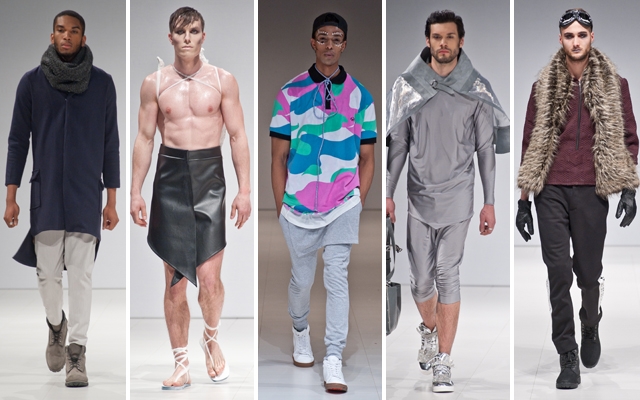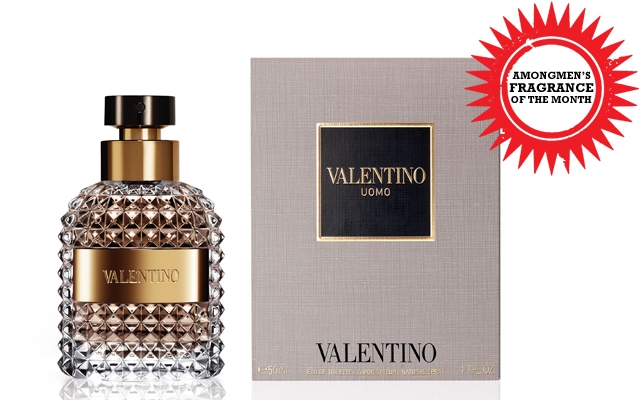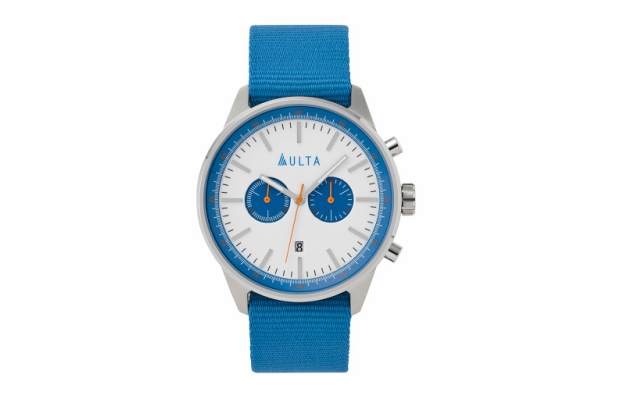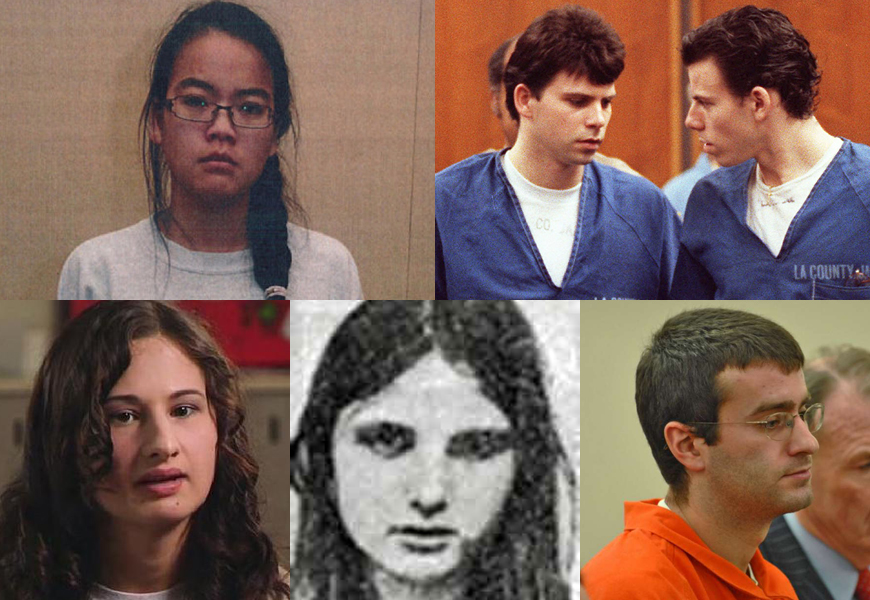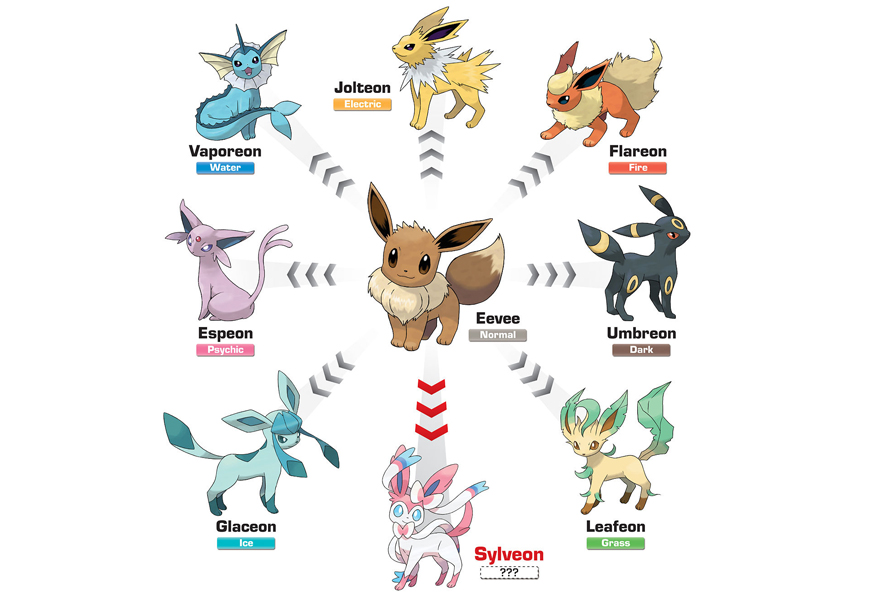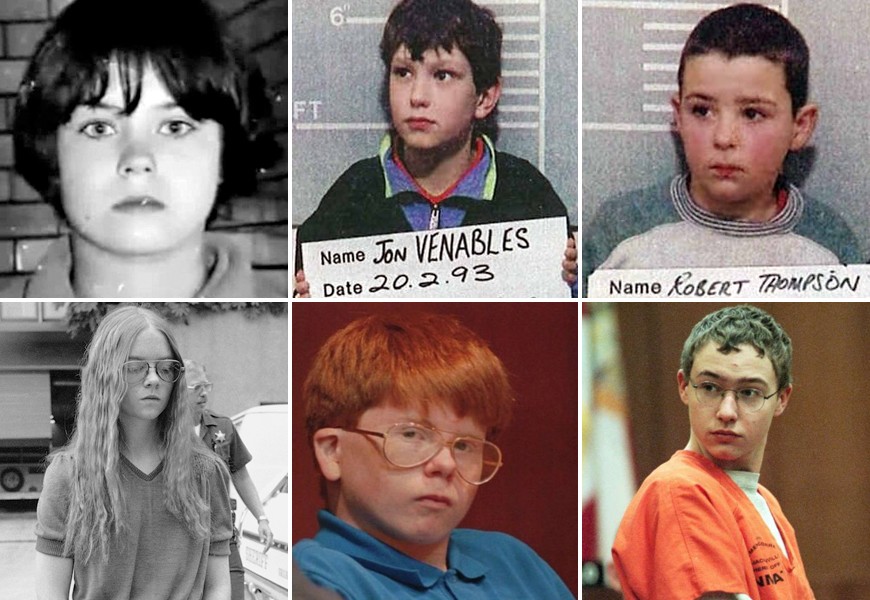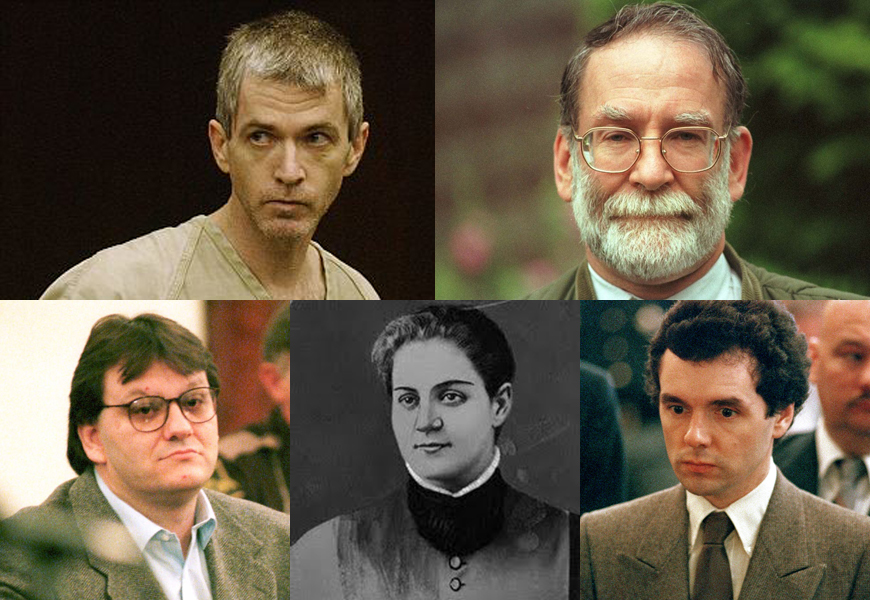Fashion Art Toronto, aka FAT, is an annual Toronto event that celebrates Canadian fashion. For five days (this year’s just wrapped up on Saturday evening), alternative womens- and menswear designers showcase their collections. While lack of coverage and famous names (with the exception of Evan Biddell, Project Runway Canada’s season one winner) may deter you, it’s actually elements like this that make this funky festival so cool.
It’s not mainstream
Just like influential haute couture designers, FAT confronts conventions. Though this method may not produce the most wearable items (tech jewellery and mismatched shoes), it certainly makes for an exciting show. But it’s not just what you’re seeing that’s different, it’s where you’re watching it, too. FAT is presented at Daniels Spectrum, an art space in the low-income Regent Park neighbourhood. This is a refreshing change from the more traditional, posh locations of fashion functions.
It goes beyond the fashion show
There’s more to the communication of clothes than just a catwalk. At FAT, this multimedium reality is valued. Walls of fashion photography welcome guests, providing insight into the 2D realm of apparel. Creative short films open many shows, painting a picture of the envisioned habitat and wearer. And performance art, a facet of FAT and high-end designer shows like Chanel and Alexander McQueen, reveal the story and movement of clothes.
It makes you think
Thinking critically about fashion can get lost in the glitz, but FAT artists Laura Gildner and Sarah Jay help uncover this not-so-pretty side. Questioning fast fashion, globalization and human rights within the industry, they crafted an installation that examines the collapse of Bangladesh’s Rana Plaza, the infamous clothing factory for JC Penny, Walmart and Joe Fresh. To “keep the conversation going”— what the two designers ask for from their viewers — they made a body bag out of used Joe Fresh garments. Pieces were sewn together with a bright Joe Fresh-orange thread. Each stitch representing a life lost when the building crumbled — 1,134 to be exact.
Thanks to exhibits like this, we are forced to confront our clothes and buying behavior, (hopefully) changing the way we think. And if that’s not cool, I don’t know what is.

